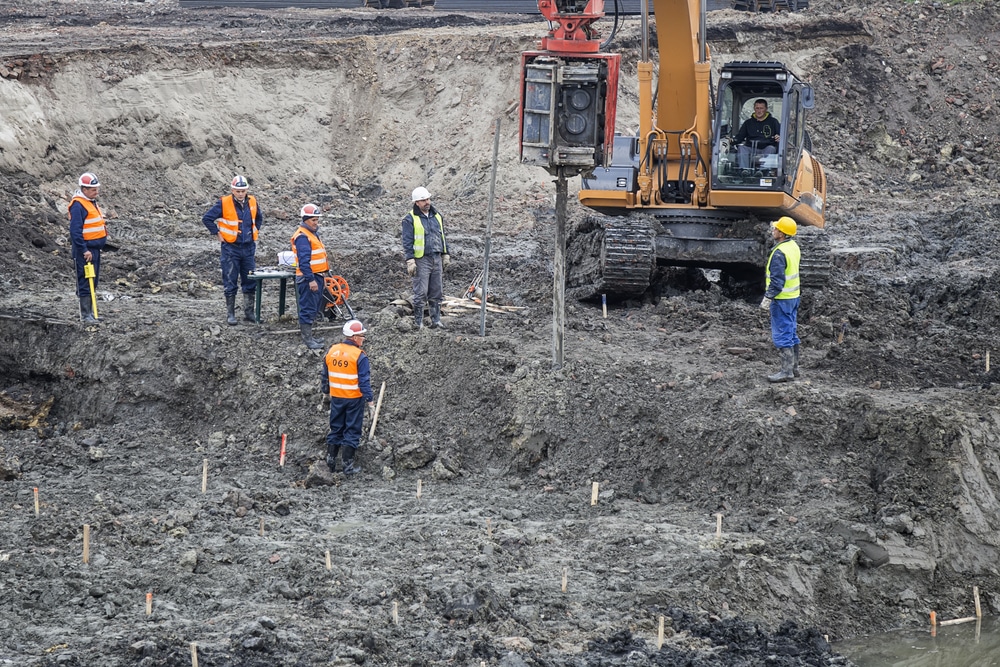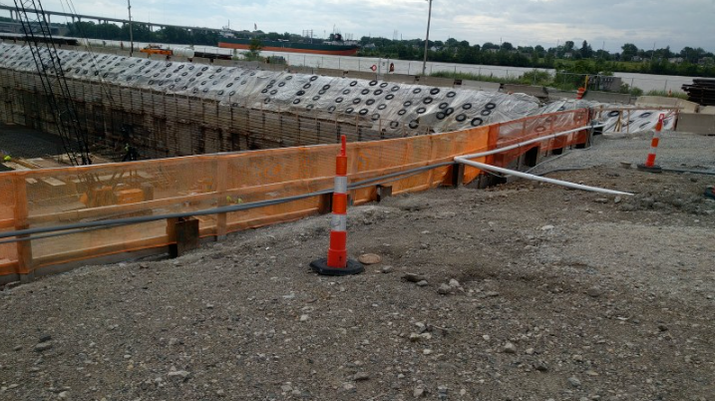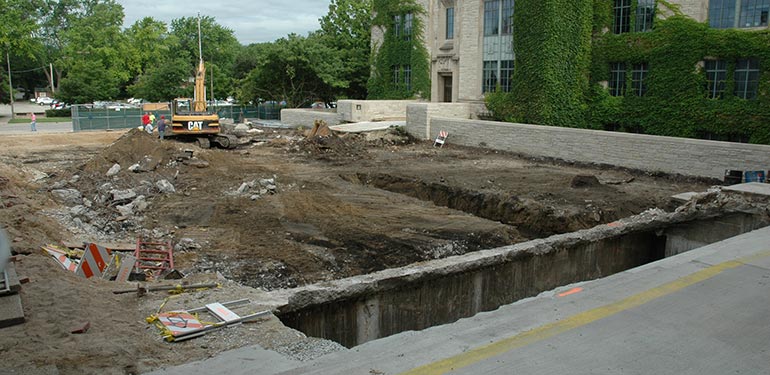Project Geotechnical Engineer for Tailored Website Analyses
A Detailed Exam of the Services Provided by Consulting Engineers in the Area of Geotechnical Engineering: From Website Investigation to Task Execution
Consulting engineers in geotechnical design play a critical role in the effective execution of building and construction projects, beginning with thorough website investigations that expose vital subsurface problems. Their knowledge includes soil building assessments, environmental influence evaluations, and the careful tracking of task execution, ensuring alignment with security and sustainability criteria. Each stage is interlinked, presenting distinct difficulties and factors to consider that can considerably influence task outcomes. As we explore these vital solutions, it comes to be noticeable that understanding their ramifications is critical for effective job monitoring and threat mitigation. What intricacies lie within each of these stages that demand our interest?
Relevance of Geotechnical Design
Geotechnical design is an important self-control that underpins the security and sustainability of civil framework tasks. By comprehending the mechanical habits of soil and rock products, geotechnical engineers assess the viability of sites for various building and constructions, including buildings, bridges, and dams. This fundamental evaluation guarantees that structures can withstand ecological factors and tons without experiencing failure.
The relevance of geotechnical engineering extends past mere structural safety and security; it additionally incorporates ecological stewardship. Appropriate geotechnical assessments add to lessening the ecological influence of building. Through cautious evaluation of dirt residential properties and groundwater conditions, designers can develop structures and keeping frameworks that reduce threats such as erosion and landslides, advertising long-term security.
Furthermore, geotechnical design plays an important duty in project price management. geotechnical works. By determining possible problems early in the style stage, engineers can recommend proper solutions, therefore staying clear of expensive hold-ups and redesigns throughout building. This aggressive approach not only improves project effectiveness however also substantially lowers risks related to unpredicted site conditions
Site Examination Strategies
Effective site investigation strategies are important for collecting exact information about subsurface conditions prior to building. These strategies facilitate the understanding of the geological and hydrological environment, which is essential for ensuring the stability and security of suggested frameworks.
Usual approaches used in website investigations include borehole boring, which enables designers to remove soil samples at various depths, providing insights into stratification and material types. Furthermore, geophysical surveys, such as seismic refraction and electrical resistivity, offer non-invasive ways to examine subsurface attributes over bigger locations. These approaches can aid recognize abnormalities without considerable excavation.
Examination pits are an additional beneficial method, supplying direct observation of soil layers and enabling in-situ testing. geotechnical works. This approach is particularly valuable for superficial excavations and can aid examine groundwater degrees. Cone infiltration tests (CPT) are increasingly made use of, as they supply constant profiles of dirt resistance, which helps in determining dirt stamina and layering.
Each of these techniques plays an essential function in developing a thorough understanding of website problems, allowing consulting designers to make educated decisions and suggestions throughout the project lifecycle. Exact data collection throughout the site examination phase is crucial to mitigating dangers and ensuring successful project application.
Soil Property Evaluation

The analysis procedure generally includes a combination of lab examinations and field investigations. Key homes such as shear stamina, compressibility, leaks in the structure, and dampness web content are evaluated to determine the soil's suitability for construction purposes. Basic tests, including the Atterberg limits, Proctor compaction, and triaxial shear tests, are typically utilized to gather data on soil habits.
Along with these tests, in-situ techniques such as the Requirement Penetration Test (SPT) and Cone Penetration Examination (CPT) offer view website valuable understandings right into dirt stratigraphy and thickness. The outcomes of these evaluations notify engineers about possible obstacles, such as dirt liquefaction or settlement, enabling them to develop suitable mitigation strategies.
Environmental Influence Examination
Ecological impact evaluation plays an essential duty in the preparation and execution of design tasks, specifically in geotechnical engineering. This process entails analyzing the prospective environmental consequences of suggested jobs on dirt, water, air quality, and bordering environments. Consulting designers use various methods, including site evaluations, modeling, and area research studies, to identify and evaluate these effects.
The analysis generally begins with the identification of standard environmental conditions, which serves as a reference for forecasting potential adjustments. Engineers examine factors such as disintegration, groundwater contamination, and environment disruption, making sure that all relevant ecological policies and standards are abided by throughout the job lifecycle. Stakeholder involvement is additionally an integral component of the evaluation process, as it promotes interaction between job programmers, local neighborhoods, and governing bodies.
Furthermore, mitigation methods are created to address determined influences, permitting engineers to propose options or alterations to project designs that improve sustainability. This positive strategy not just minimizes unfavorable impacts on the atmosphere yet additionally advertises public trust and compliance with environmental regulations. Eventually, effective environmental impact assessment enhances the total integrity and practicality of geotechnical engineering jobs, supporting liable growth techniques.
Project Application and Surveillance

Monitoring is a crucial element of task implementation. Designers utilize numerous strategies, such as instrumentation and field tests, to analyze soil actions and structural reactions in real-time. This continual monitoring allows the recognition of any type of deviations from anticipated efficiency, enabling for timely interventions to minimize risks.
Moreover, consulting designers maintain open interaction with specialists and stakeholders throughout the procedure. Routine site assessments and report card guarantee that all celebrations are informed about project status and any kind of emerging worries. By promoting cooperation and transparency, getting in touch with designers facilitate a much more reliable implementation process, thus improving job end results.
Inevitably, reliable task execution and surveillance not just copyright safety and quality standards but also add to the total success of geotechnical jobs, ensuring they meet their you can try here intended purposes sustainably and responsibly.

Conclusion
In conclusion, the duty of speaking with designers in geotechnical engineering includes a vital series of services that make sure task success. Ultimately, the complex contributions of speaking with designers are important in attending to the intricacies of geotechnical challenges in contemporary design projects.